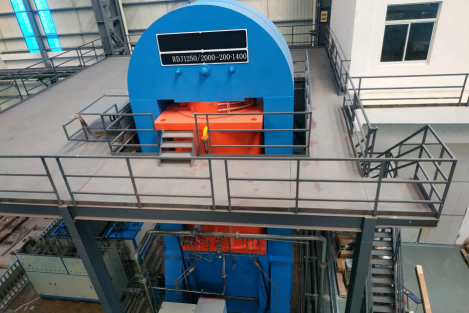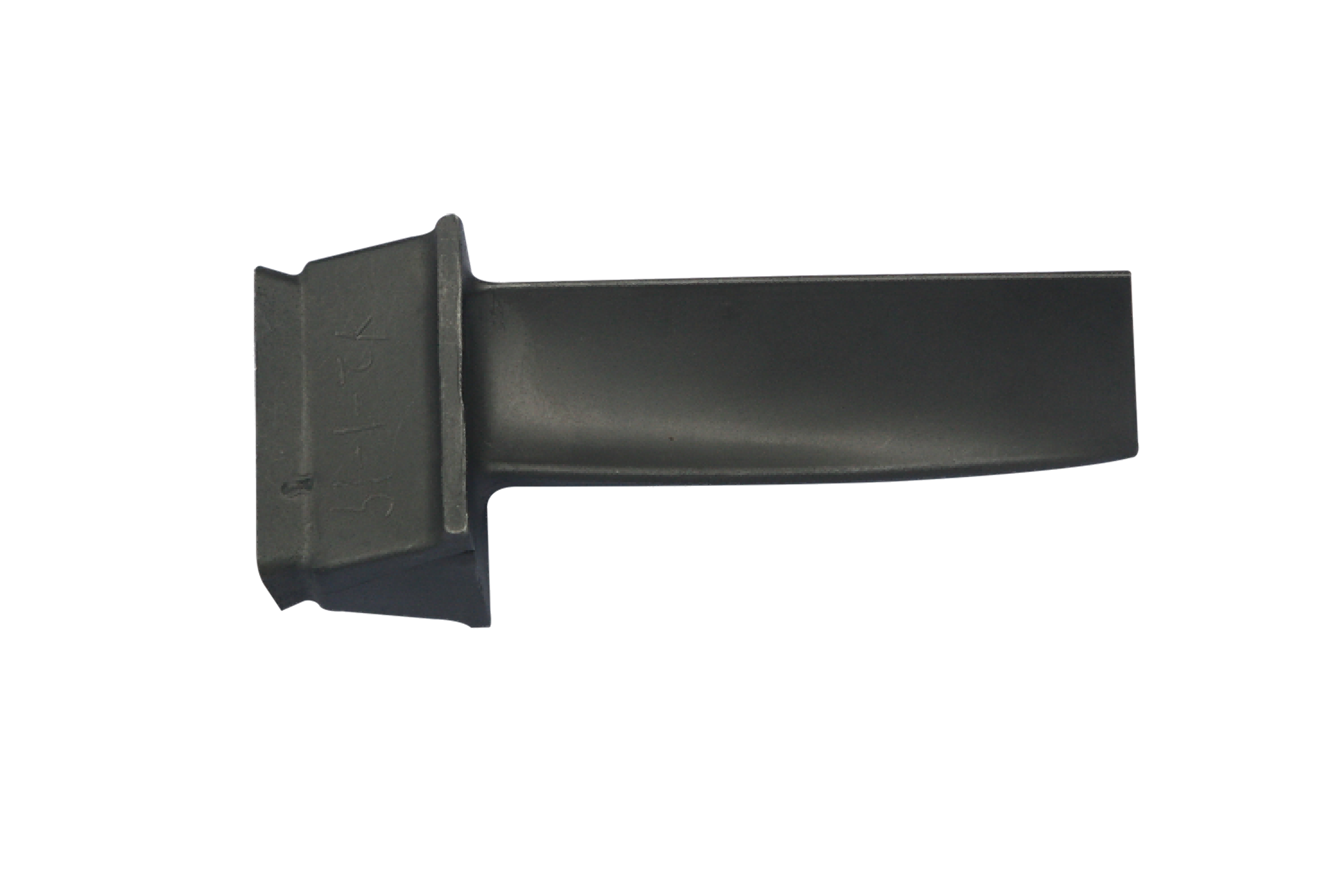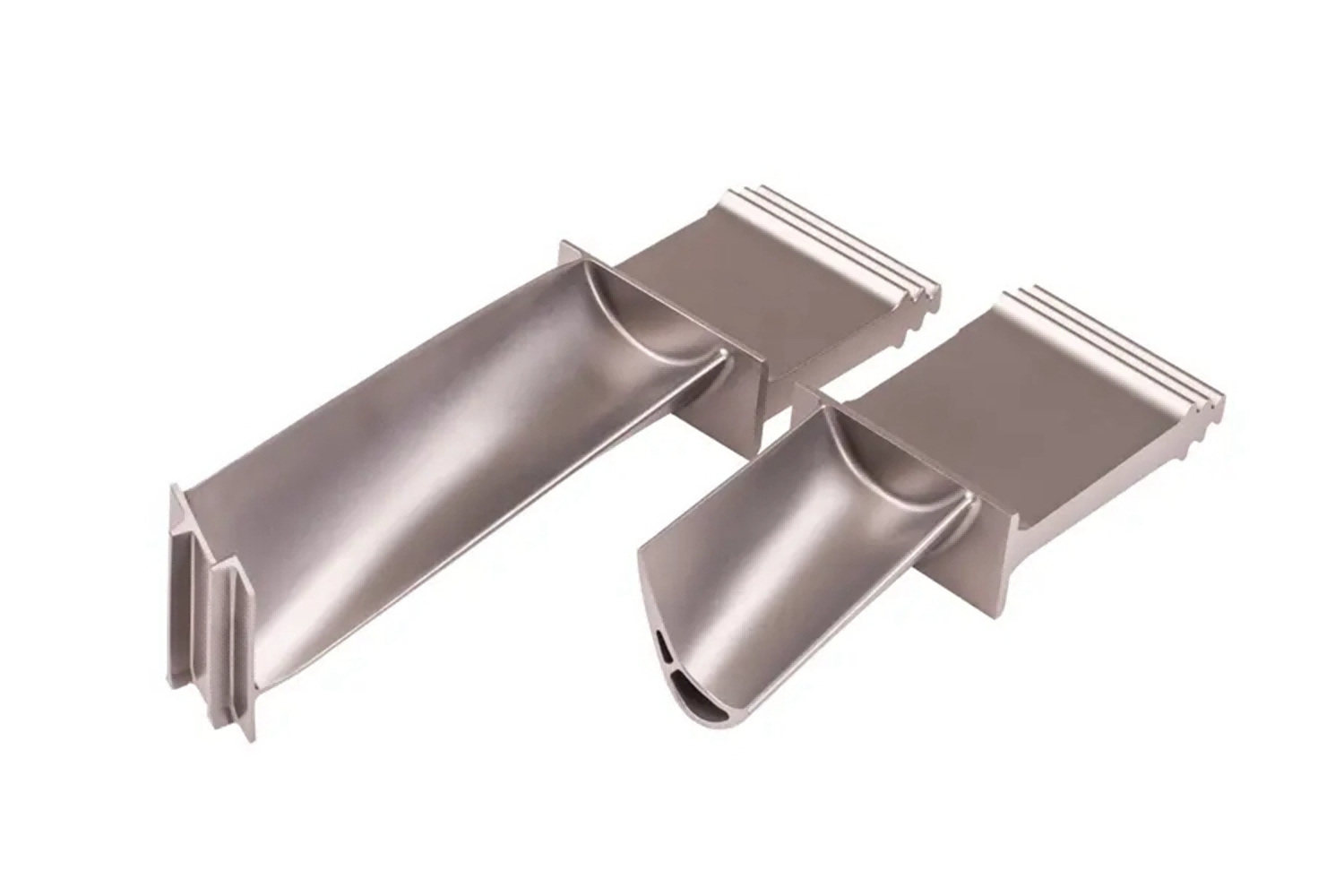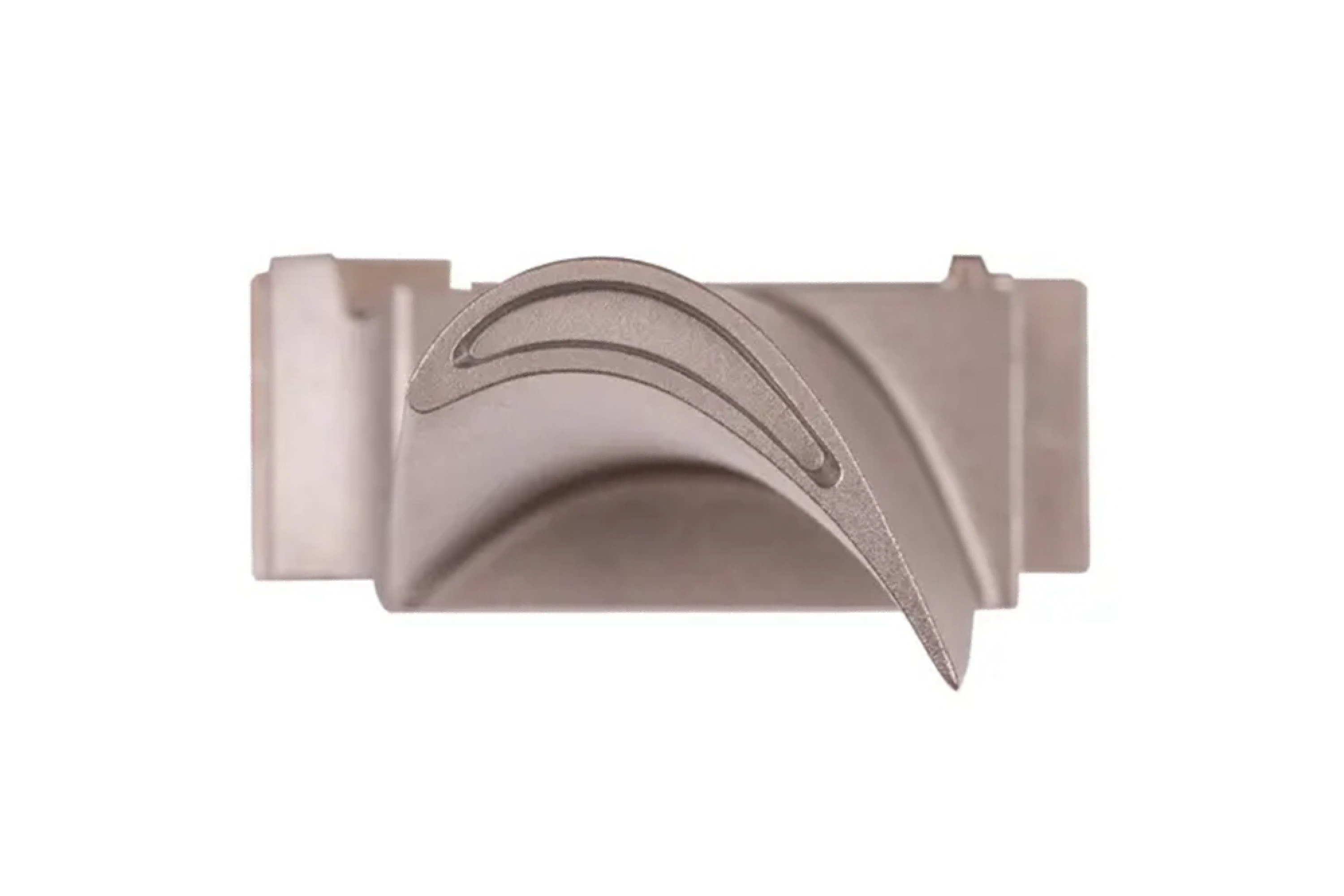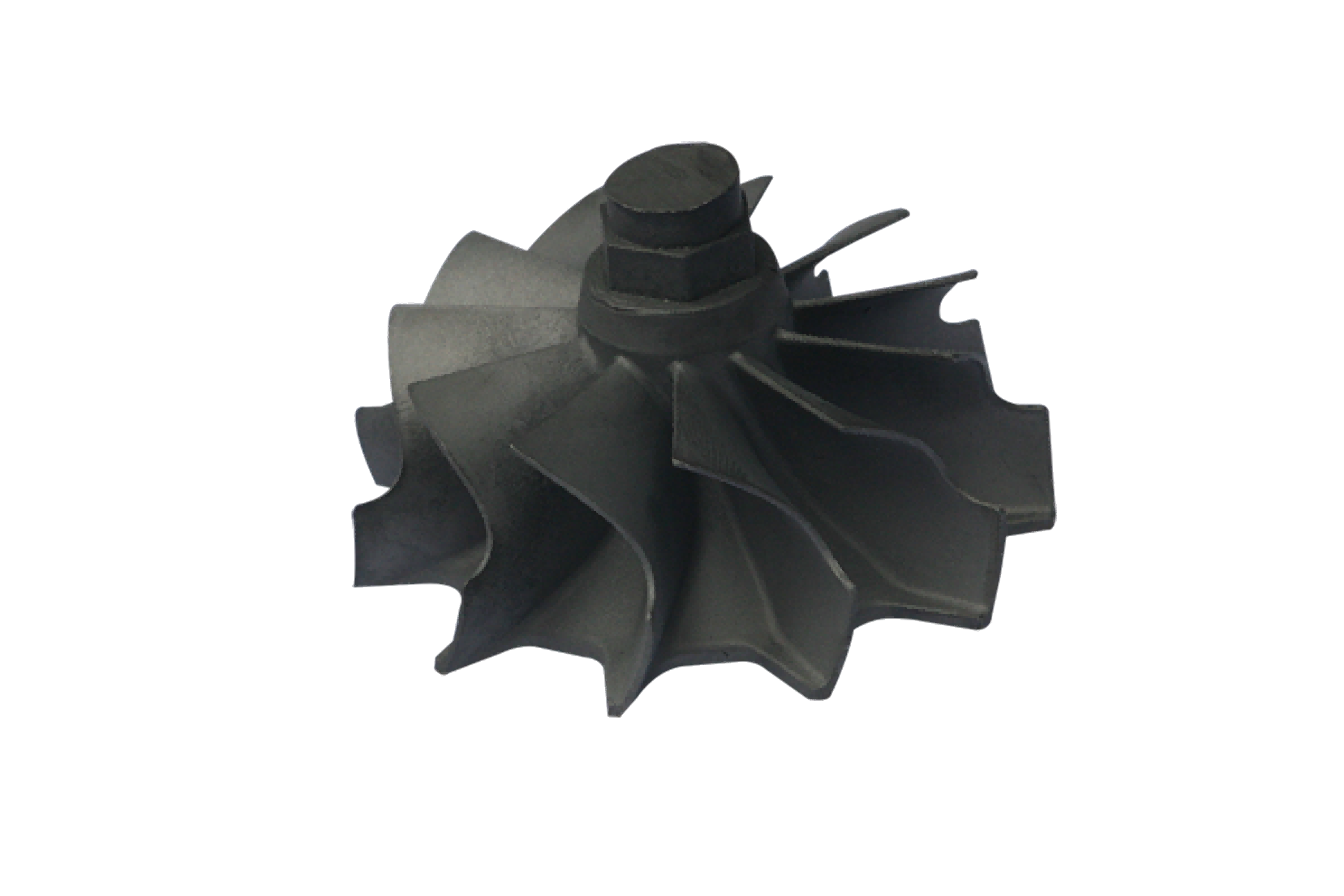Superalloy Hot Isostatic Pressing (HIP) Service
Superalloy Hot Isostatic Pressing (HIP) is a post-processing technique that applies high pressure (up to 100-200 MPa) and elevated temperatures (around 1,000-1,200°C) to eliminate internal voids and porosity in superalloy parts. This improves their mechanical properties, such as strength and fatigue resistance, enhancing component durability.

Send us your designs and specifications for a free quotation
All uploaded files are secure and confidential
Benefits of Hot Isostatic Pressing (HIP) on Superalloy Castings
Hot Isostatic Pressing (HIP) enhances superalloy castings by eliminating internal porosity and voids, improving material density and mechanical strength. It refines the microstructure, increasing fatigue resistance and durability. HIP also ensures dimensional stability, optimizes creep performance, and extends component lifespan, making it ideal for aerospace, energy, and power generation applications where reliability is critical.
When Does Superalloy Parts Need HIP Service?
Superalloy parts require HIP service when eliminating internal porosities, enhancing mechanical properties, and improving structural integrity are essential. It is typically applied to components like single-crystal blades, powder metallurgy discs, and precision-forged parts. HIP is crucial for aerospace, energy, and power applications, ensuring parts withstand extreme conditions by increasing density, strength, and fatigue resistance for prolonged operational life.
More Post Process Available At Neway
Neway offers comprehensive post-processing services for high-temperature alloy parts, including Hot Isostatic Pressing (HIP), heat treatment, superalloy welding, thermal barrier coating (TBC), material testing and analysis, superalloy CNC machining, deep hole drilling, and electrical discharge machining (EDM). These processes ensure optimal mechanical properties, precision, and durability for aerospace, petrochemical, and industrial applications.
About Manufacturing Custom Superalloy Components
We specialize in manufacturing custom superalloy components tailored to meet specific industry requirements. We produce high-performance parts such as turbine blades, discs, and combustion chambers using advanced techniques like vacuum investment casting, directional casting, and powder metallurgy. Our expertise ensures excellent strength, thermal stability, and corrosion resistance, making our components ideal for aerospace, energy, and demanding industrial applications.

learn more
Aerospace and Aviation

learn more
Power Generation

learn more
Oil and Gas

learn more
Energy

learn more
Marine

learn more
Mining
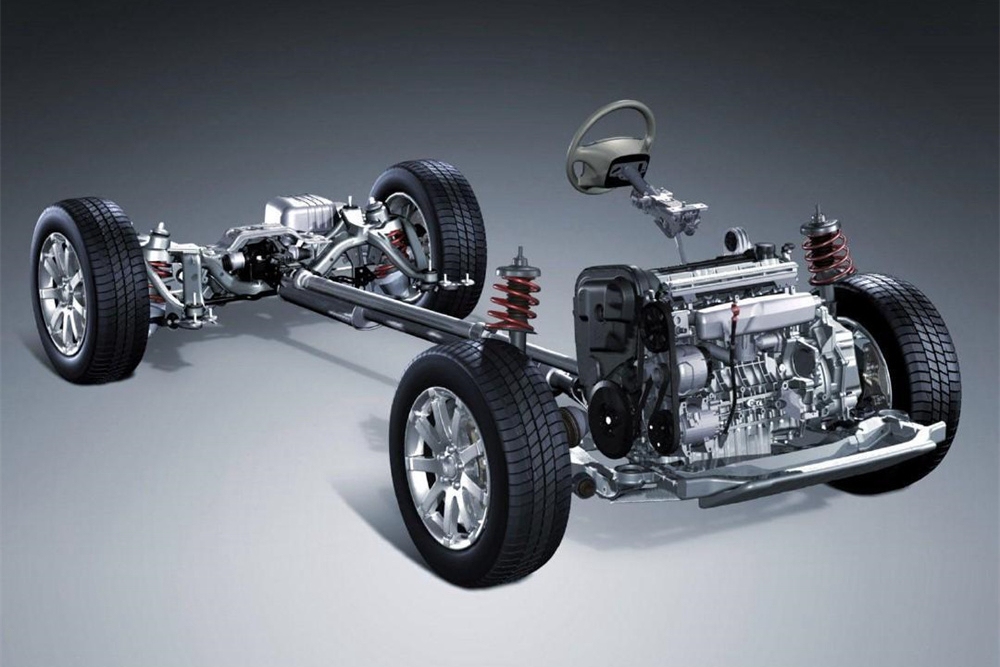
learn more
Automotive
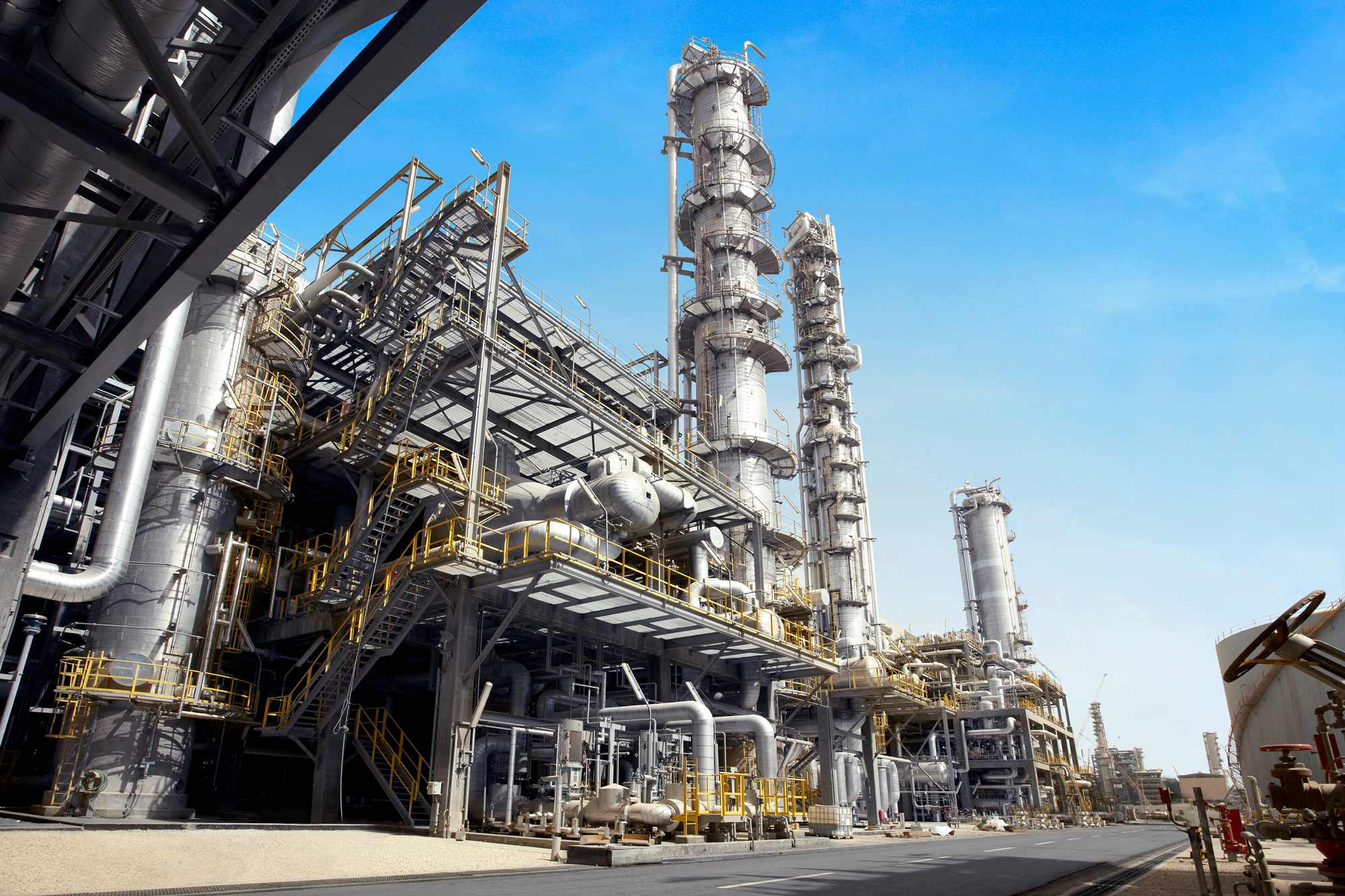
learn more
Chemical Processing
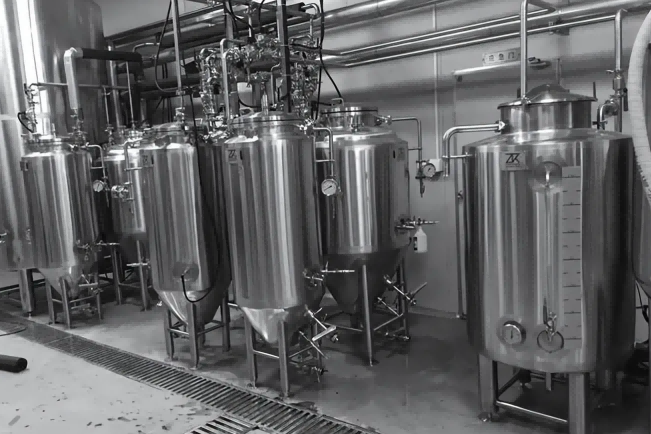
learn more
Pharmaceutical and Food

learn more
Military and Defense
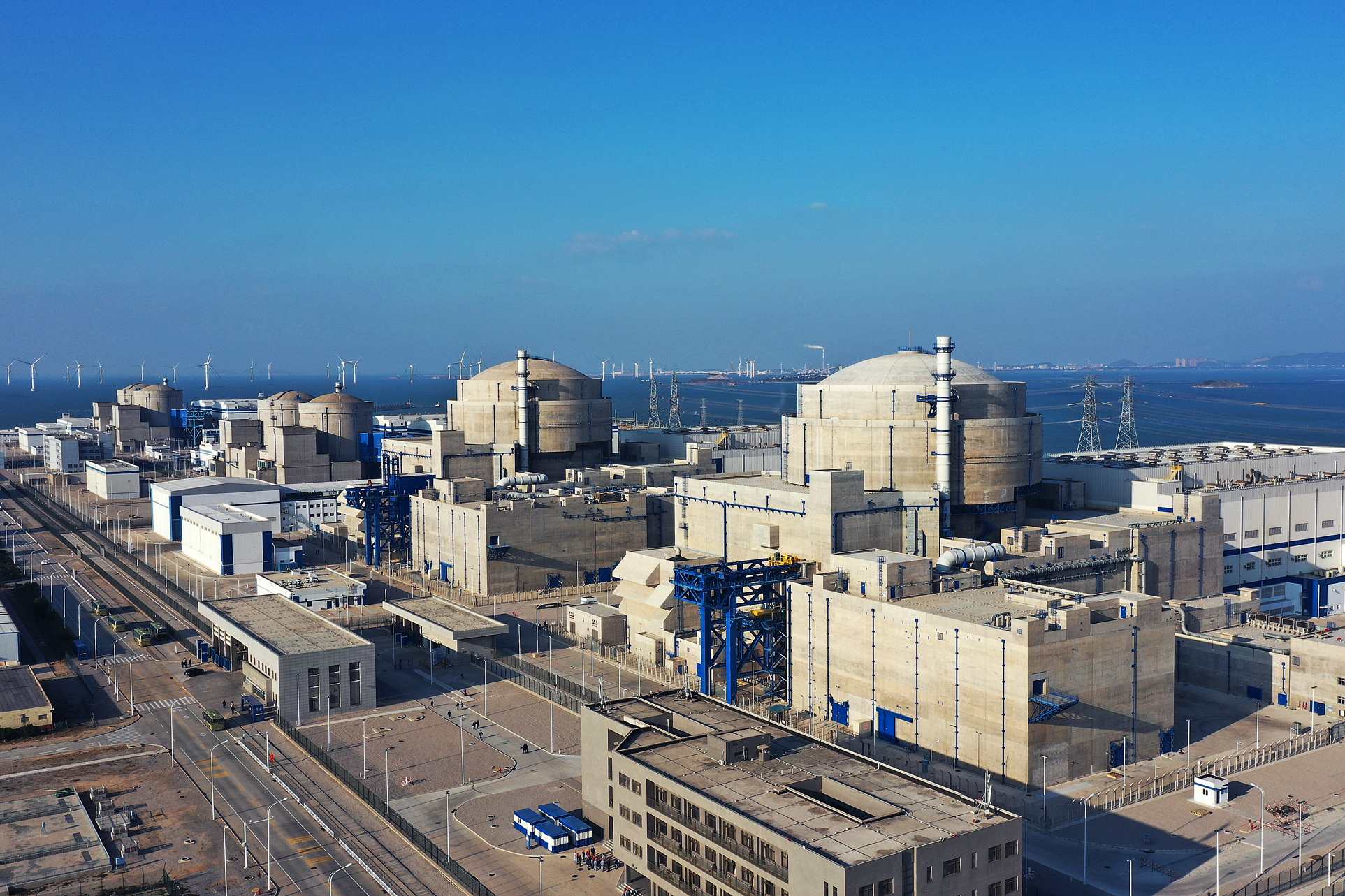
learn more
Nuclear

learn more
More Cases

learn more
New Technology
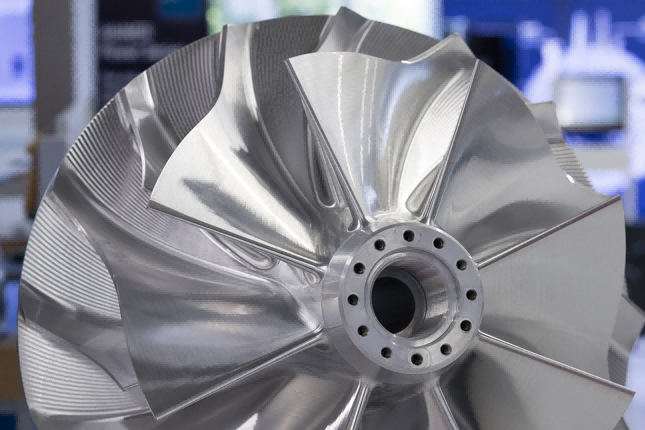
learn more
Products Gallery
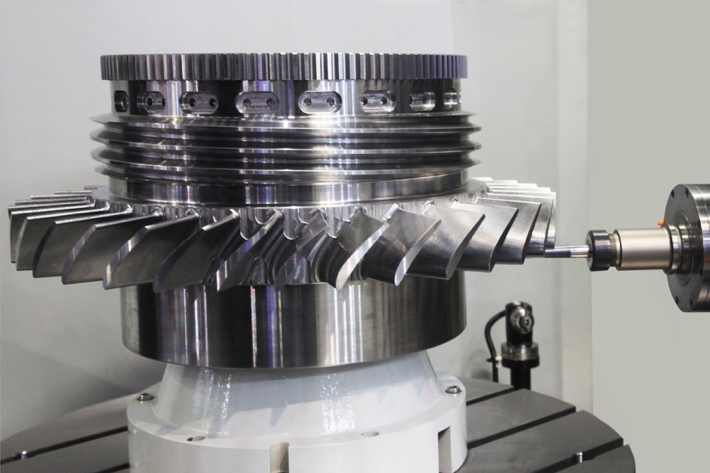
learn more
Various Industries

learn more
Surface Finishings

learn more
Post-Process

learn more
Manufacturing Technology

learn more
R&D and Simulation

learn more
Manufacturing Equipments

learn more
Testing Equipments

learn more
BLOGS

learn more
FAQs

learn more
Contact
Hot Isostatic Pressing (HIP) Super Alloy Parts Gallery
We often apply Hot Isostatic Pressing (HIP) to products like single-crystal turbine blades, equiaxed and directional castings, powder metallurgy turbine discs, precision-forged parts, and 3D-printed superalloy components. This post-process enhances material density, reduces porosity, and improves the overall mechanical properties of the parts.
Let's Start A New Project Today
